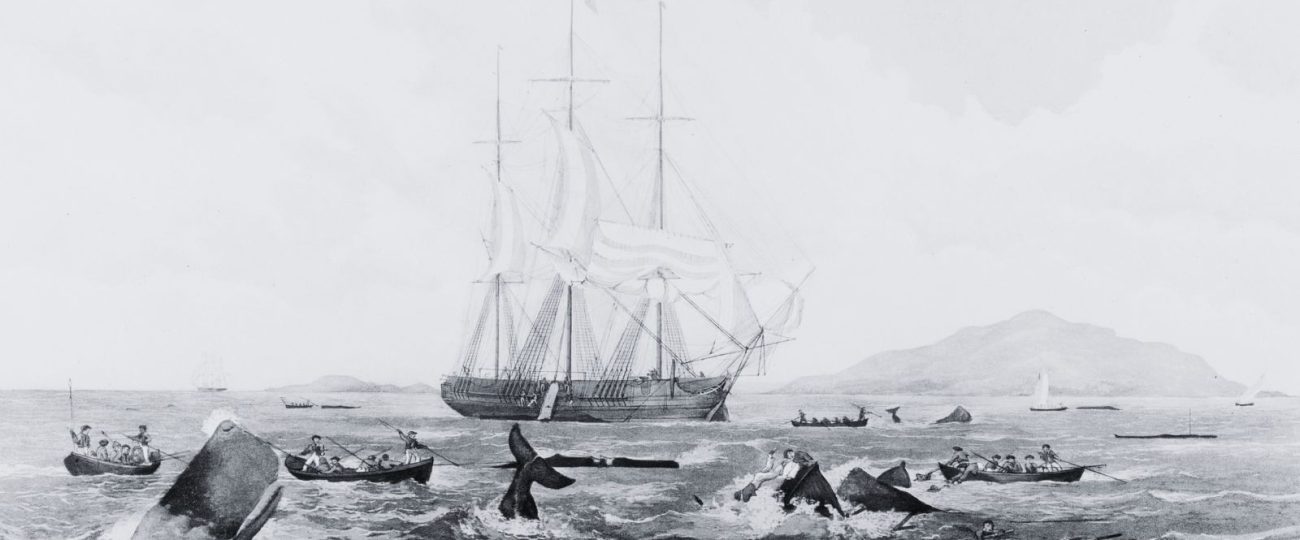What Happened On July 23rd?
On July 23, 1982, the International Whaling Commission (IWC) made a decision to ban commercial whale hunting. Delegates from over 25 countries gathered in Brighton, England, for the IWC’s 34th annual meeting. Nations with whaling traditions clashed with those advocating for conservation, aiming to address the dramatic decline in whale populations caused by decades of overexploitation.
After hours of debate, delegates cast their votes. The final tally showed 25 in favor, 7 against, and 5 abstentions. This ban took effect in the 1985-1986 whaling season, providing a reprieve for endangered cetaceans. The United States, Australia, and New Zealand led the coalition advocating for the moratorium. They faced strong opposition from Japan, Norway, and Iceland, which argued that whaling was integral to their cultural heritage and economies. Japan employed tactics such as leveraging economic aid to small island nations in exchange for support against the ban.
The Stormy Waters Of Negotiations
The road to the ban involved intense negotiations and political maneuvering. Japan’s strategy, known as “vote consolidation,” became a critical point of contention. Despite these efforts, the conservationist bloc secured a majority. Some countries that supported the ban did so despite having small-scale whaling operations, illustrating the growing prioritization of conservation over tradition.
The Currents Of Change
By the 1970s, the IWC’s existing regulations proved to be insufficient. Industrial whaling had decimated whale populations, pushing many species to the brink of extinction. Growing awareness of environmental issues and the influence of conservation movements set the stage for a significant policy shift. The decline of whale populations wasn’t just a concern for scientists; it was becoming a global crisis, impacting marine ecosystems and economies dependent on marine tourism.
Anchoring The Ban
Implementing the ban posed logistical challenges. Nations developed monitoring and enforcement mechanisms. The IWC established the Scientific Committee to oversee whale population studies and assess the moratorium’s impact. The commission also set up the Infractions Sub-Committee to handle violations and ensure adherence to regulations.
Japan, Norway, and Iceland lodged formal objections to the ban, allowing them to continue limited whaling under the guise of scientific research. This loophole sparked international criticism and led to calls for stricter enforcement and more transparent scientific scrutiny. Japan’s “scientific whaling” program, which began in 1987, saw the country kill over 6,000 whales by 2008, raising questions about the true motives behind their operations.
Environmental groups like Greenpeace and the World Wildlife Fund (WWF) raised awareness about whales’ plight. They used dramatic images and footage of whale hunts to galvanize public support for the ban. Protest actions, such as activists placing themselves between harpoons and their targets, highlighted the brutality of whaling and generated widespread media coverage.
In the United States, celebrities and public figures joined the cause, amplifying the message and increasing pressure on governments to prioritize conservation. The shift in public sentiment was profound. Communities that once saw whaling as a way of life began to recognize the importance of preserving these majestic creatures. Some traditional whaling communities, such as those in Alaska, shifted their focus toward whale watching and other sustainable practices.
Deep Dive Into Research
The ban led to technological advancements in marine biology and conservation. Researchers had more opportunities to study whale populations and develop non-lethal research methods. Innovations like satellite tagging and acoustic monitoring provided new insights into whale behavior, migration patterns, and social structures. These advancements not only enhanced our understanding of whales but also improved our ability to protect them.
The moratorium also spurred eco-tourism industries. Whale watching became a profitable and sustainable alternative to hunting, providing economic benefits to coastal communities while fostering a deeper appreciation for marine life. Countries like Iceland and New Zealand saw substantial economic growth from whale-watching tourism, showcasing how conservation efforts could align with economic interests.

Combating Illegal Whaling
Despite the ban, illegal whaling persisted. Whistleblowers and investigative journalists uncovered operations that flouted the moratorium, highlighting the need for continued vigilance. In the 1990s, reports surfaced of Japanese vessels exceeding their scientific whaling quotas and engaging in commercial sales of whale meat.
These revelations increased scrutiny and efforts to close loopholes in the IWC’s regulations. Environmental watchdogs and NGOs played critical roles in monitoring and reporting illegal activities, ensuring that the moratorium’s spirit was upheld. Some NGOs began using satellite technology to track whaling ships, providing real-time data to enforcement agencies, making it harder for illegal whalers to operate undetected.
The IWC’s ban on commercial whaling underscored the importance of international cooperation in addressing environmental issues. The moratorium contributed to the recovery of several whale species, including humpback and blue whales. Beyond marine biology, the ban fostered broader environmental consciousness and demonstrated the power of grassroots activism in driving policy change.
Whale-watching tourism grew, generating significant revenue for coastal communities worldwide. This economic shift demonstrated that sustainable practices could provide long-term benefits that outweighed the short-term gains of commercial whaling. Countries like Norway, initially resistant to the ban, began to explore and develop whale-watching industries, integrating conservation into their economic models.





